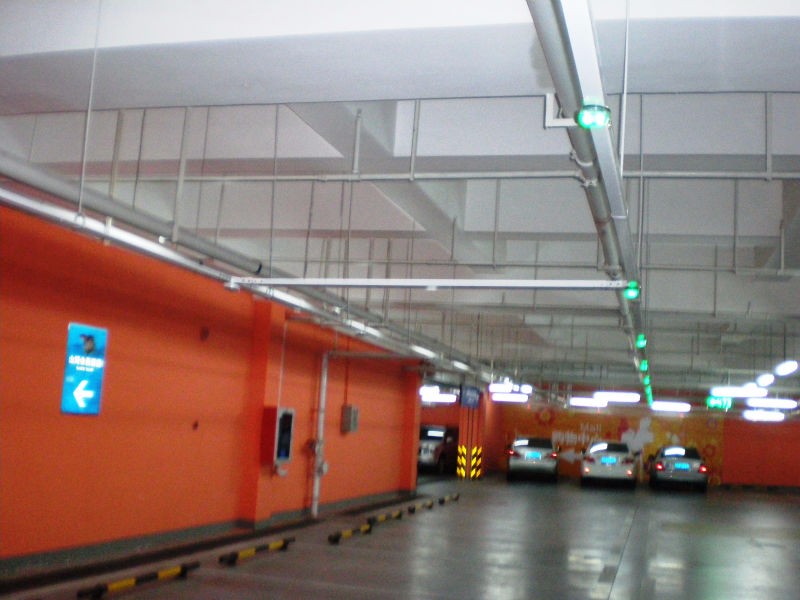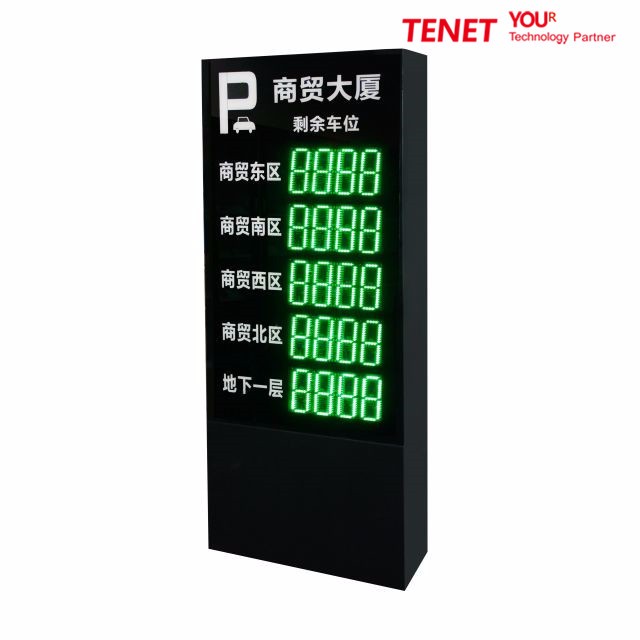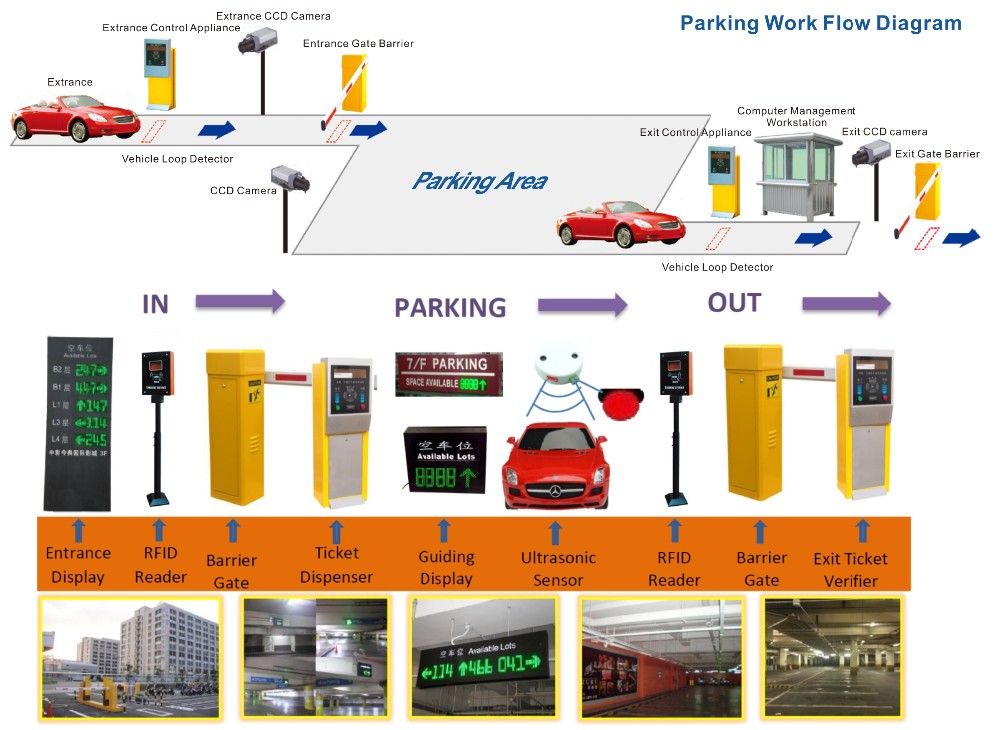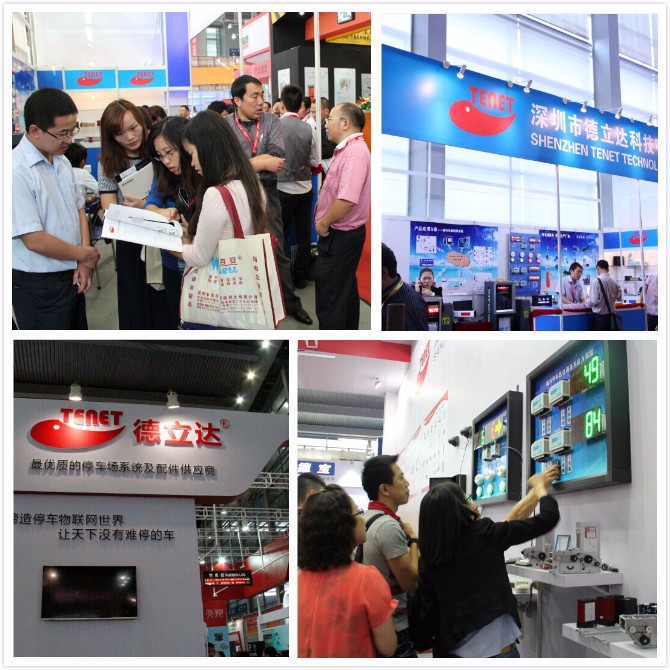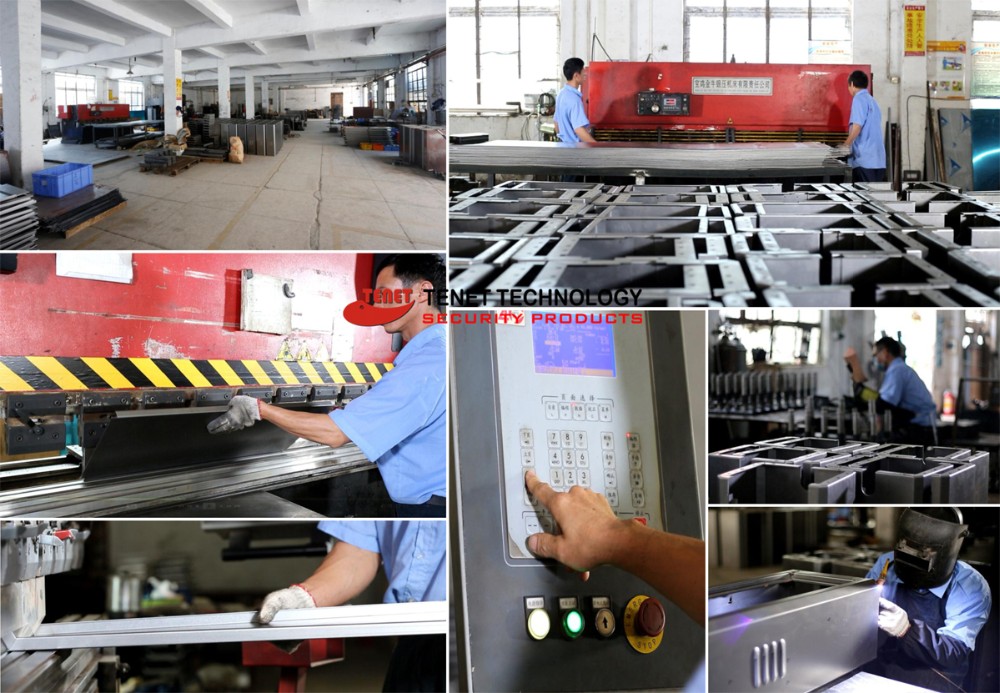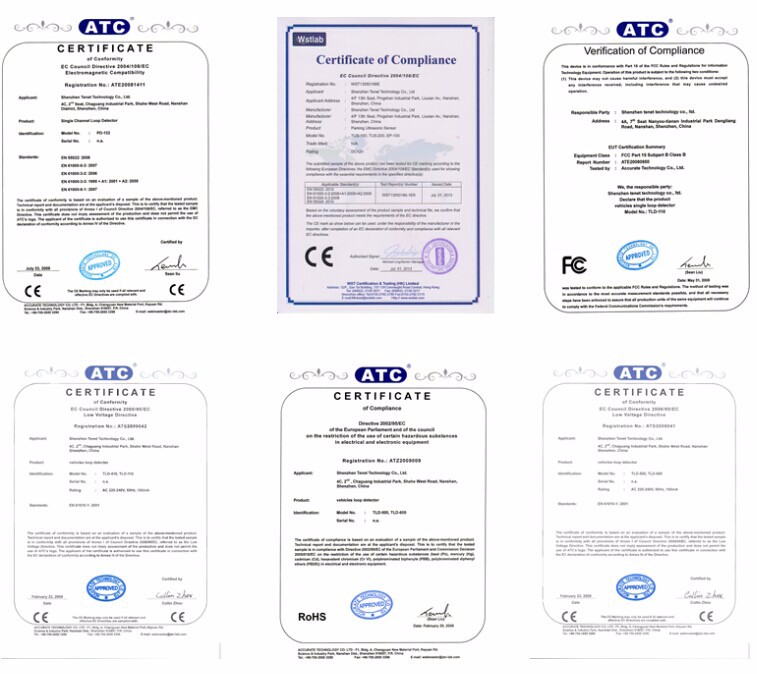LOOP WIRE INSTALLATION
Dear Installer,
You may have installed loops for some time. Or, you may be just starting out. In any case, it is good to refresh our memory and maybe learn some new tricks. First, remember that the loop is an integral part of the detector electronic circuitry. We, the loop detector manufacturers entrust you with making a very important electronic part of our loop detector.
Materials used in the construction of the loop are important. The loop wire should be 16 gages stranded tinned copper wire with cross-inked polyethylene (XLPE) insulation rated for 600V. By using this wire you get the following advantages.
a. The wire gage is large enough so the serial resistance of the loop is low.
b. The wire is flexible enough to work with in the saw cut, minimizing the possibility of damage to the insulation.
c. The insulation has increased moisture and solvent resistance, and superb aging characteristics. Moisture and solvents in the black top pavement or oil spills from the cars are the major causes in long term insulation damage that causes intermittent loop lockups and false detection.
!Note: The standard THHN wire so popular with installers it is designed for the following applications:
An all around general purpose building wire, for fixture raceways, conduit and tubing race ways, internal wiring of fixtures and applications requiring building wire. Please note that the THHN wire was designed for conduit applications. It sometimes has a very thin sheeting of nylon, which protects it from moisture, but it is easily damaged during wire installation in the saw cut.
Sealant: Use only a commercial type of loop sealant designed for traffic loops. Any other material will not work for a long time.
Backer Rod: Use a backer rod to ensure that the wires are in place and do not vibrate under the backer rod. Any vibration of wire movement will cause a false detection.
We have the materials covered so let’s discuss the wire installation. The purpose of all the installation rules that you may have read or heard about is very simple. We want you to construct a wire coil in the pavement that will comply with the following:
a. The loop wire insulation will be intact for along period of time after you have sealed it in the pavement.
b. The loop wire will not move or vibrate in the pavement.
c. The loop wire will be away from any electrical noise.
d. The loop wire will be away from any moving metal you do not want to detect.
e. The loop wire continuity (or serial resistance) will be low and constant.
LET’S EXPAND ON THESE FIVE PARTS
a. The wire insulation is very important in preventing a false detection and detector lock-ups. So any scratches on the wire insulation, sharp edges or small stones in the saw cut, and sharp tools used during the installation will cause damage to the wire.
Good Insulation = No Call Back
b. Any vibration of the loop wires or movement of the steel mesh underneath the loop will cause false detection. Before loop installation, inspect the pavement. If the chosen area has large cracks in the pavement and evidence of pavement movement, there is a potential problem. Parts of the pavement may move after you have installed the loop and damage the wire, or cause false detection. Use the backer rod to make sure that the wire is held firm in the saw cut.
No Wire Vibration and Good Pavement = No Call Back
c. If you have a power line running under the loop wire does not be surprised if you get false detects. The changes in electrical currents are detected by the loop detector as cars.
No Power Lines Close to the Loop = No Call Back
d. If you have a metal slide gate or a metal overhead door close to the loop, the detector will detect it. The detector cannot distinguish between the metal in t he gate and the metal in the car.
No Moving Metal Close to the Loop = No Call Back
e. Wire nut as a splice connection is great when dealing with mains. However, when you have to make a splice on the lead-in wire use a solder iron. The current on the loop wire is too low to overcome the long term oxidation occurring on a wire nut connection.
Soldered Splices = No Call Back
IN SUMMARY
The following elements can reduce the loop detector sensitivity:
a. Underground steel reinforcing – make the loop cut shallow in concrete pavement.(approx. 1 inch) or use fiberglass mesh when installing new concrete pavement.
b. More than one loop connected to one detector – if you are experiencing a low sensitivity problem and you have two loops on one detector, consider adding an additional loop detector. Two loops on one detector = half the sensitivity.
The following elements can cause detector lock up or intermittent detection:
a. Cross-talk between adjacent loops due to both having the same operating frequency
b. Inadequate loop spacing – keep loops four feet apart
c. Loop wire vibration in the saw cut – use backer rod
d. Splices with wire cut – solder all splices
e. Lead-in wires not twisted – twist lead-in wire at least six turns per foot
f. Power lines close to the loop – keep at lease six feet away from power lines
g. Loop too close to moving gate – keep at least four feet away
!NOTE: Always connect safety loops in series; free exit can be connected in parallel. Use automatic sensitivity boost to detect high bed vehicles. Use the filter function to filter out RF noise Use fail safe detector for safety and fail secure detector for free exit application.
www.tenetparking.com
Skype: tenetsz














